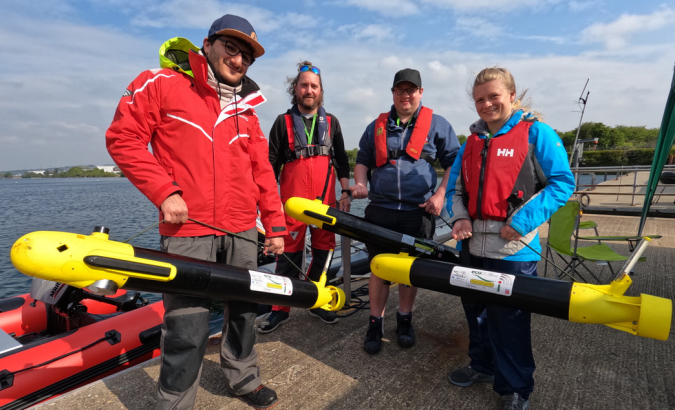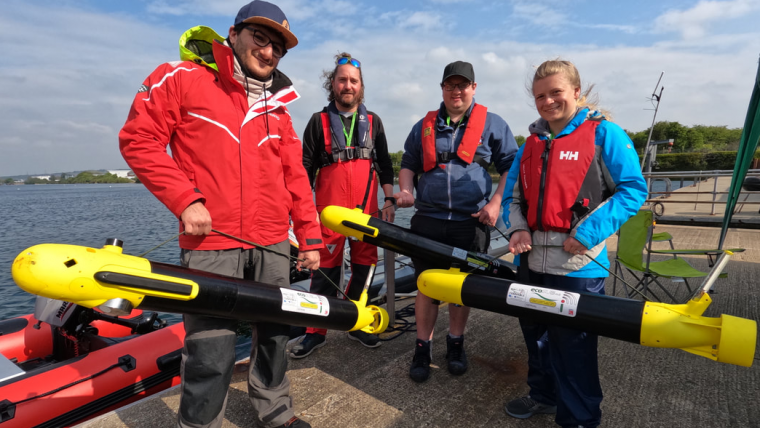Seabed 2030 and ecoSUB Robotics team up for improved ocean mapping
The Nippon Foundation-GEBCO Seabed 2030 Project has entered into a strategic partnership with ecoSUB Robotics, a subsidiary of Planet Ocean, specialized in the design and construction of autonomous underwater vehicles (AUVs). This collaboration is set to significantly advance the project's objective of creating a complete map of the ocean floor.
The innovative AUVs of ecoSUB Robotics have the ability to explore areas that are inaccessible to scientists and divers for safety reasons, thus contributing significantly to the mapping effort.
In 2004, Planet Ocean came into existence with the aim of serving the oceanographic research community and the defence sector with advanced instrumentation. A decade later, in 2015, the company embarked on a pioneering venture in collaboration with the Marine Autonomous Robotic Systems research group at the National Oceanography Centre (NOC). This collaboration resulted in the creation of a groundbreaking micro-AUV, which in turn gave rise to ecoSUB Robotics, based at the NOC's Marine Robotics Innovation Centre.
The portability and affordability of ecoSUB AUVs enables new users to explore the capabilities offered by compact autonomous systems for survey, science and exploration.
AUVs as pivotal tool to accomplish Seabed 2030
Seabed 2030 is a collaborative project between The Nippon Foundation and GEBCO to inspire the complete mapping of the world's ocean by 2030, and to compile all bathymetric data into the freely available GEBCO Ocean Map. GEBCO is a joint programme of the International Hydrographic Organization (IHO) and the Intergovernmental Oceanographic Commission (IOC) and is the only organization with a mandate to map the entire ocean floor. Seabed 2030 is formally endorsed as a Decade Action of the UN Decade of Ocean Science for Sustainable Development.
“At ecoSUB Robotics, we’re committed to increasing accessibility to AUVs and making this groundbreaking technology available to all,” commented Terry Sloane, managing director of Planet Ocean.
“Advancing oceanographic research will benefit the entire population and AUVs play an invaluable role in progressing this field of ocean science. We look forward to supporting the global effort in pursuit of a complete ocean map led by Seabed 2030 through the development of our advanced, yet affordable, AUV technology.”
Seabed 2030 project director Jamie McMichael-Phillips said: “Not only do AUVs enable us to access hazardous areas, but they also provide a solution to the mapping of remote and uncharted areas. Collaborative working is essential to Seabed 2030 and it’s through partnerships – such as this with ecoSUB Robotics – that we’re able to ensure our strategy remains forward-looking, and that our efforts are well-positioned to make use of innovative technologies as they become available to progress our goal.”
All data collected and shared with the Seabed 2030 project is included in the GEBCO global grid, which is free and publicly available.















